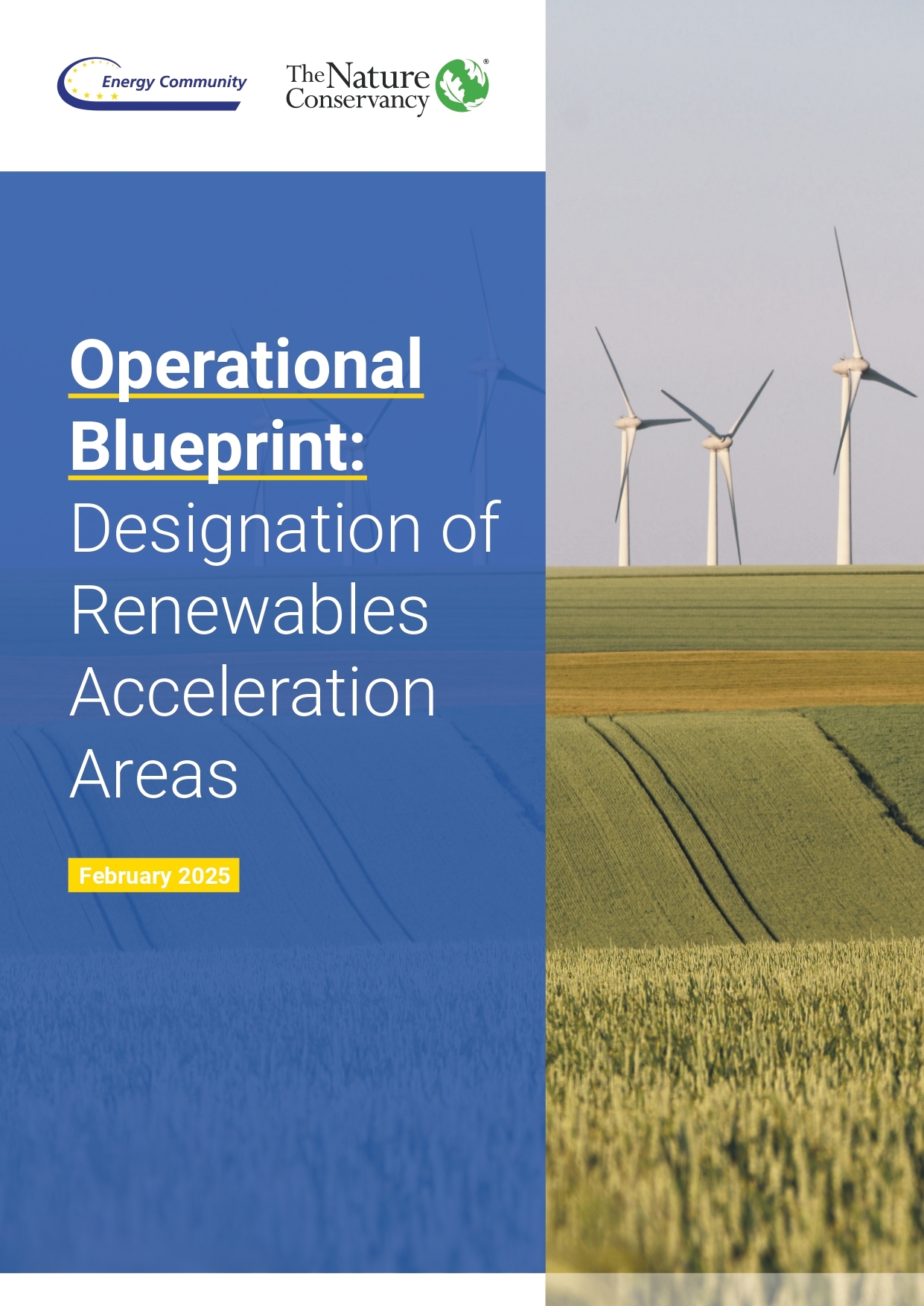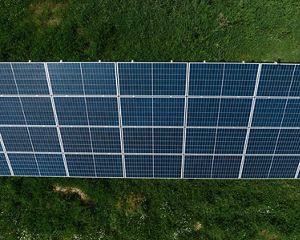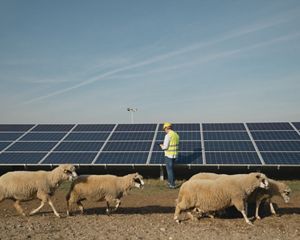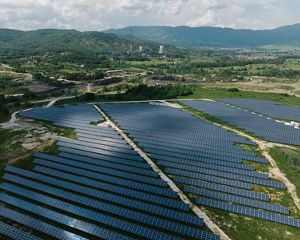
Going Smart to Go Fast: A Blueprint for Accelerating Renewable Energy Deployment Sustainably Across Europe
New toolkit by TNC and the Energy community aims to streamline deployment through coordination, data management and conflict-sensitive planning.
Founded in 2005, the Energy Community brings together the European Union and its neighbours to create an integrated pan-European energy market. Recent data shows that while some of the organisation’s nine Contracting Parties - which span the Western Balkan and Black Sea regions - have made progress toward their renewable electricity targets for 2020, only Montenegro and Ukraine have managed to achieve them.
Meanwhile, recent analysis from Global Energy Monitor found that the Western Balkans’ installed capacity for electricity generation from solar and wind sources is currently around 1.5 GW, or only 7% of their total installed capacity, which amounts to 20.4 GW.
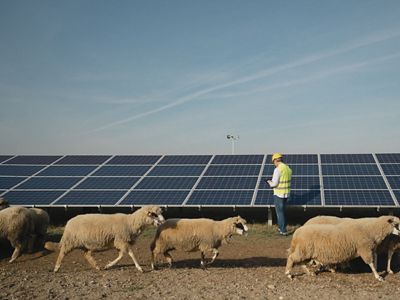
A flock of sheep walk in front of solar panels and a worker in a yellow jacket holding a tablet.
One of the largest obstacles to renewable energy expansion in the Energy Community is administrative inefficiency, with permitting processes in some Contracting Parties taking up to seven years. The reasons are complex regulatory frameworks, insufficient administrative capacity, lengthy environmental assessments, and poor spatial planning, conflicts with other land uses or stakeholder interests.
Moreover, a recent pan-European study conducted by scientists at The Nature Conservancy (TNC) shows that nearly half of wind and solar installations have already been built on land with high biodiversity value, which places these projects in direct conflict with nature and points to some missed steps in location selection.
Renewable energy deployment remains stuck in a business-as-usual approach, focusing on high-energy potential areas while mainly neglecting environmental, social, and other critical factors. Unless these issues are addressed, the much-anticipated energy transition will continue to face significant delays or even decade-long standstills due to conflicts and permitting challenges.
How Smart Siting Shifts the Paradigm
A new operational blueprint from the Energy Community and TNC offers decision-makers a roadmap for navigating the complex layers of spatial planning to find solutions that ensure environmental protection, sustainable economic growth, and community well-being. The blueprint applies TNC’s smart siting approach, which has been recognised as an EU best practice to enable countries across Europe to meet the February 2026 deadline for the designation of Renewables Acceleration Areas (RAAs) while ensuring minimal environmental and social impact.
Using the smart siting methodology, the operational blueprint provides national authorities a clear, step-by-step guide to designating RAAs that respect social and environmental values –focusing on solar and onshore wind projects, given their potential to significantly contribute to regional energy needs by 2030. It outlines how TNC's smart siting approach helps meet the EU's revised Renewable Energy Directive requirements, covering everything from committing and project scoping, and stakeholder engagement to mapping through data analysis and final designation.
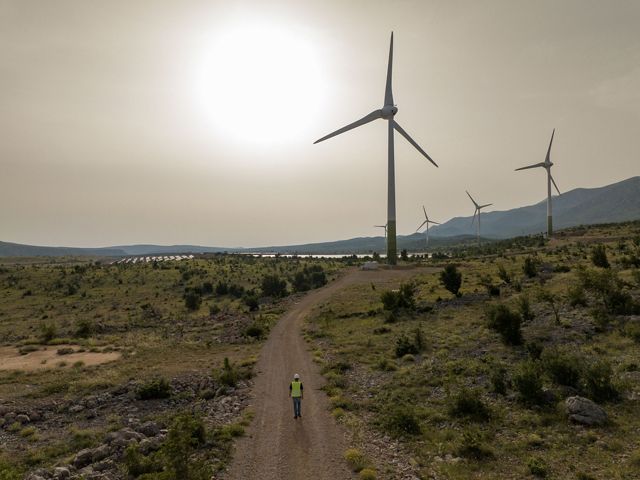
Smart Siting in Practice
The effectiveness of the methodology is exemplified in Croatia, where national biodiversity conflict maps were produced using detailed species-level data to identify areas suitable for solar and wind energy development with minimal impact on nature. Similarly, and building upon the pilot study for the Nikšić municipality, Montenegro moved forward in assessing low-conflict areas for the whole territory through the MEGA project expected to be finalised at the end of 2025.
The Blueprint: Step-by-Step Guidance for National Authorities
Designating RAAs at the national level requires thorough organisation of the project team and the inclusion and coordination of various stakeholders. The cycle of designating RAAs typically involves 10 steps; however, the exact scope and sequence of steps will depend on the current progress in identifying low-conflict areas and specific objectives for carrying out the mapping. The steps include:
- Committing to the designation of RAAs, goal and scope-setting
- Stakeholder mapping and engagement plan
- Establishing a working group and steering committee
- Collecting and analysing data
- Creating maps
- Drafting the RAA plan and site-specfic mitigation rulebook
- Strategic environmental assessment or other appropriate assessment
- Community engagement
- Adopting and publishing the RAA plan
- Consider next steps
Download
Access the full practical guide for decision-makers and experts across the Energy Community region.
Download